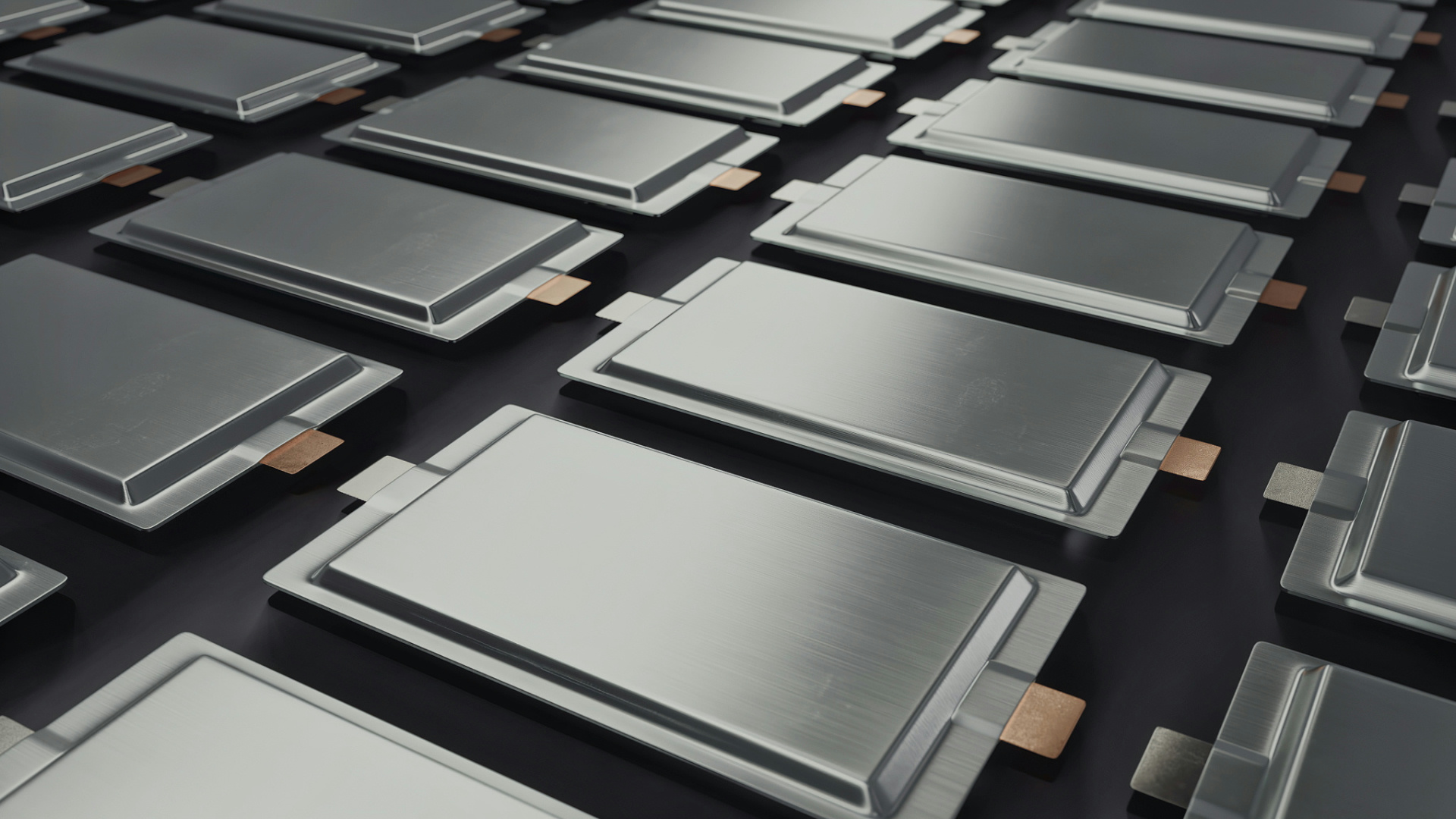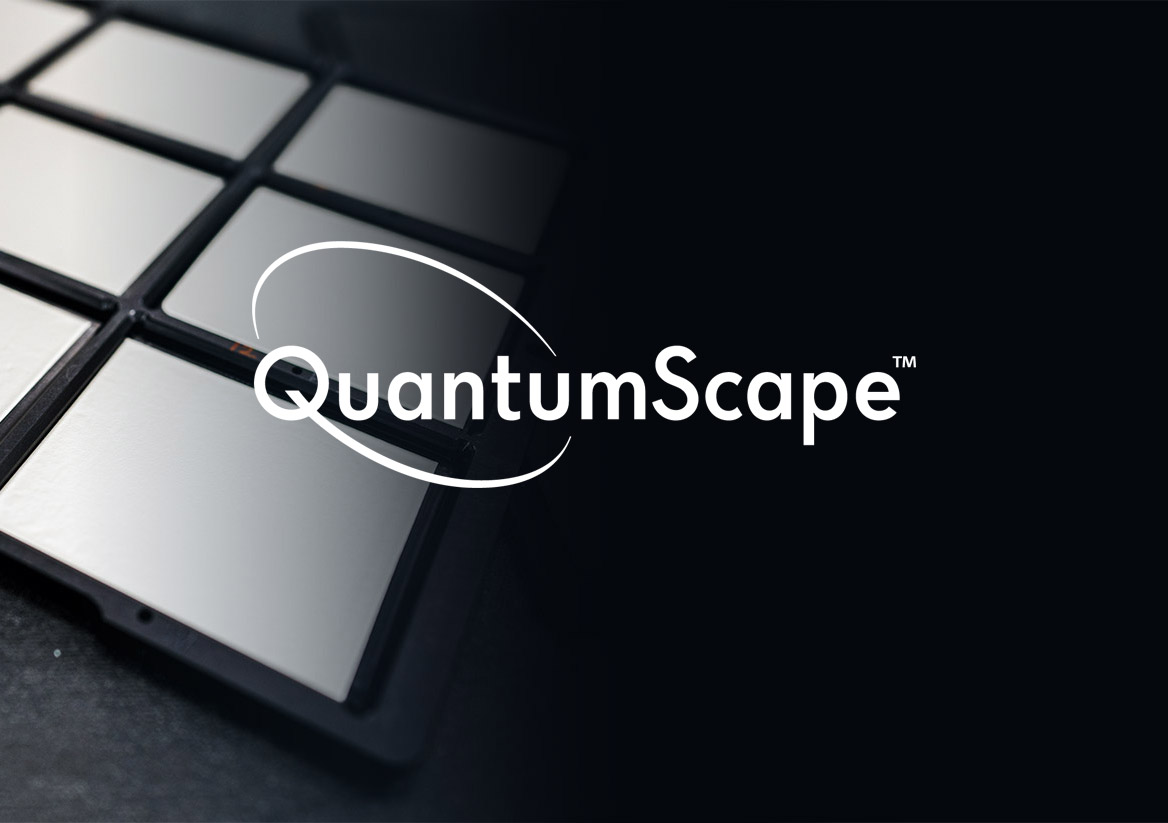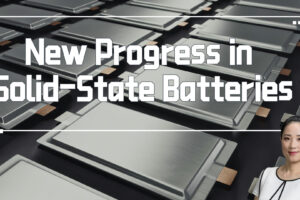New Progress in Solid-State Batteries
In 2024, SAIC Group announced that the first generation of solid-state batteries jointly developed with solid-state battery producer Qingtao Energy had been scheduled for production. Its models such as Zhi Ji, Fei Fan. etc will be equipped with solid-state batteries to achieve mass production. In 2025, it will accomplish the goal of a 100,000-vehicle level scale.
On July 11, PowerCo, a battery company under Volkswagen Group, and QuantumScape, a solid-state battery manufacturer in the United States announced that they have reached a groundbreaking agreement to industrialize QuantumScape’s next-generation solid-state lithium-metal battery technology.
In this issue, we talk about the latest developments in solid-state batteries. I will use QuantumScape in the United States and Qingtao Energy in China as examples.
Data shows that in an electric vehicle, the battery will account for 30% to 40% of the total vehicle cost. The iron triangle of power battery — fast charging, endurance and safety, has always been the most concerned issue for new energy vehicle consumers.

lithium-ion batteries currently on the market have a liquid electrolyte between the positive and negative electrodes, so that lithium ions flow in one direction when the battery is charging, and in the other direction when the battery is drained. Solid-state batteries, as the name suggests, use solid materials instead of liquids, including ceramics and sulphides, among others.
Solid-state batteries are not new. Michael Faraday invented solid-state electrolytes back in the 19th century. But Jagdeep Singh, co-founder of QuantumScape, summarized four reasons why they have not been mass-produced:
- They need high current density for fast charging. Today’s solid-state designs can only operate at low current densities, which doesn’t charge fast enough. Therefore, they are useless in commercial applications.
- There can’t be too much lithium built in. Too much lithium results in less stored energy.
- They need to be durable. Some solid-state designs fail after a few hundred charge/discharge cycles. These batteries need to be driven hundreds of thousands of miles before they can be commercially valuable.
- They also need to work at low temperatures. Some designs can only work at high temperatures, which means installing large, expensive heaters on the battery, making it impractical.
Due to industry competition, the results from the industry are unlikely to be published publicly, but some of the achievements in the development of solid-state batteries in academia have been made public. For example, NASA has developed a battery consisting of sulphur and selenium solid-state stacked cells, saying that this battery can reduce the weight of the battery by 40% while also doubling the energy density.
In China, a team led by Nan Cewen, Dean of the School of Materials Science and Engineering at Tsinghua University, and Professor Shen Yang has successfully developed a flexible, ultra-thin composite solid electrolyte membrane with high lithium-ion conductivity, which is composed of argyrodite sulphide Li6PS5CI and polar poly (vinylidene fluoride-co-trifluoroethylene) P(VDF-TrFE) framework.). The team’s research results provide new ideas for the preparation of thin and high-performance composite electrolyte materials.
Qingtao Energy
The co-founder and CEO of solid-state manufacturer Qingtao Energy, Feng Yuchuan, is a student of academician Nan Cewen. Qingtao Energy has attracted a lot of attention from the industry since its establishment in 2016. BAIC, GAC, and SAIC are all its investors, and the first phase of its solid-state lithium battery project was put into production in 2020. In 2023, SAIC Group invested an additional 2.7 billion yuan in Qingtao Energy’s G+ round of financing, becoming Qingtao Energy’s largest industrial investor. On April 9th,2024, Qingtao Energy was selected into the “2024 Hurun Global Unicorn List”, with a corporate valuation of 20.5 billion yuan, ranking 373rd.
The solid-state lithium batteries that SAIC Group announced above are not a solid-state lithium battery in the true sense. Qingtao Energy has a clear classification standard:
- The electrolyte liquid content of the first generation mass-produced semi-solid lithium batteries is between 5–15%, the cost is comparable to that of liquid lithium batteries
- The electrolyte liquid content of the second-generation solid-state lithium batteries is below 5% (2024), and the cost is 20% lower than that of liquid lithium batteries
- The electrolyte of the third generation mass-produced all-solid-state lithium battery does not contain liquid (2027), and the cost is 40% lower than that of liquid lithium batteries

QuantumScape
QuantumScape, a solid-state battery manufacturer invested by Volkswagen and Bill Gates, was founded in 2010 to develop scalable, high-efficiency solid-state batteries. Volkswagen holds about 15% of QuantumScape’s shares. The company went public at the end of 2020 through a merger with a special-purpose acquisition company (SPAC), and its valuation soared to around $54 billion. QuantumScape’s current market value is approximately $3 billion.

The electrolyte of traditional lithium-ion batteries is carbonic acid diester, which is very flammable and poses a safety hazard. On the other hand, the energy density of liquid electrolytes cannot be increased, which means a poor range. Another problem is that when charging, lithium ions are reduced to lithium metal, forming ‘lithium dendrites’, which are branch-like lithium crystals. Lithium dendrites can pierce like needles and cause battery short circuits, which is a big problem affecting the stability and safety of lithium-ion batteries.
QuantumScape has developed a proprietary flexible ceramic as an electrolyte diaphragm to separate the anode and cathode of lithium batteries. It can conduct electricity and prevent dendrites, with higher energy density and a lower chance of fire. This means safer, cheaper electric cars that can travel longer distances between charges.
Through years of R&D testing, QuantumScape achieved single-layer prototype battery testing, followed by 10-layer, and then 16-layer prototype batteries. At the end of 2022, QuantumScape began delivering the first batch of 24-layer A0 prototype batteries to its automotive partners including Volkswagen and plans to deliver improved samples by the end of 2024. QuantumScape’s first commercial product, QSE-5, has been delivered to automotive partners for testing.
In general, solid-state batteries are safer, have greater energy density, and have a longer lifespan. Its future development is optimistic. Of course, what I introduced today is mainly the material route. There is an “engineering route “for battery technology diversification iteration. The engineering route refers to that at a certain stage, based on existing mainstream battery technology, through engineering means, to achieve the performance of battery components as well as improve the cost performance of electric vehicles and other transportation tools. For example, by introducing artificial intelligence technology into the existing battery management system (BMS), the battery charging and discharging management, thermal management and safety management can be intelligent to more accurately predict the performance degradation of the power battery, and improve the battery’s service life and safety.




